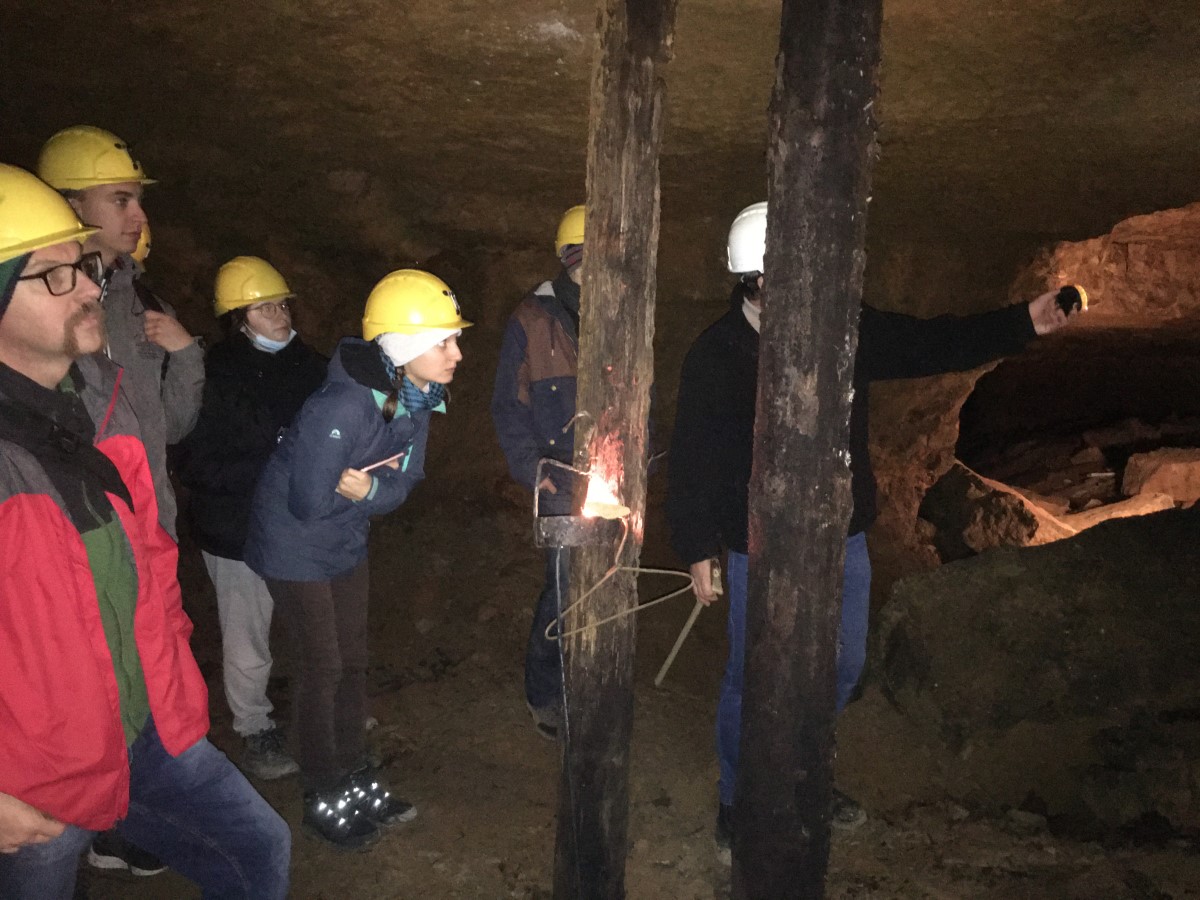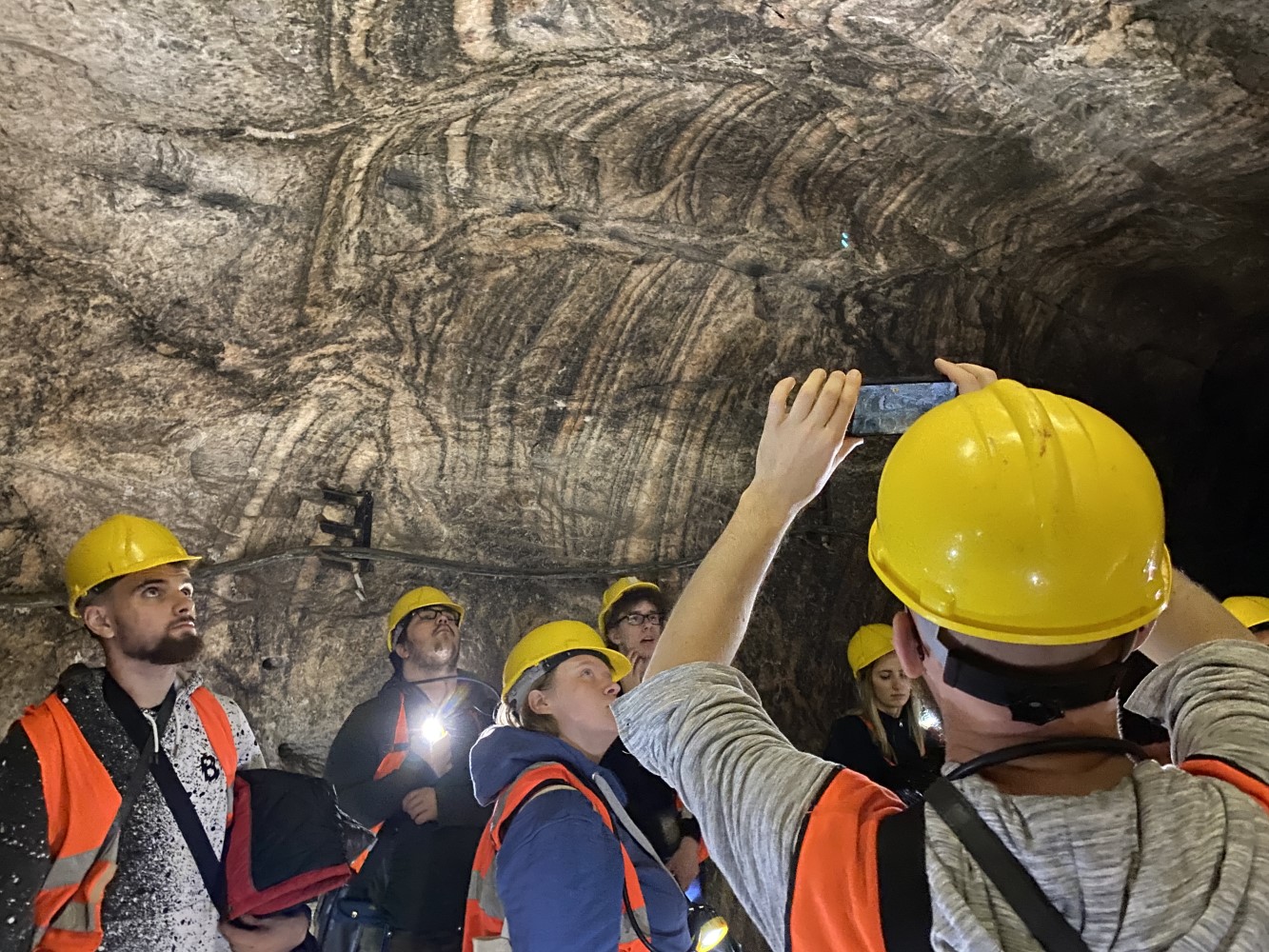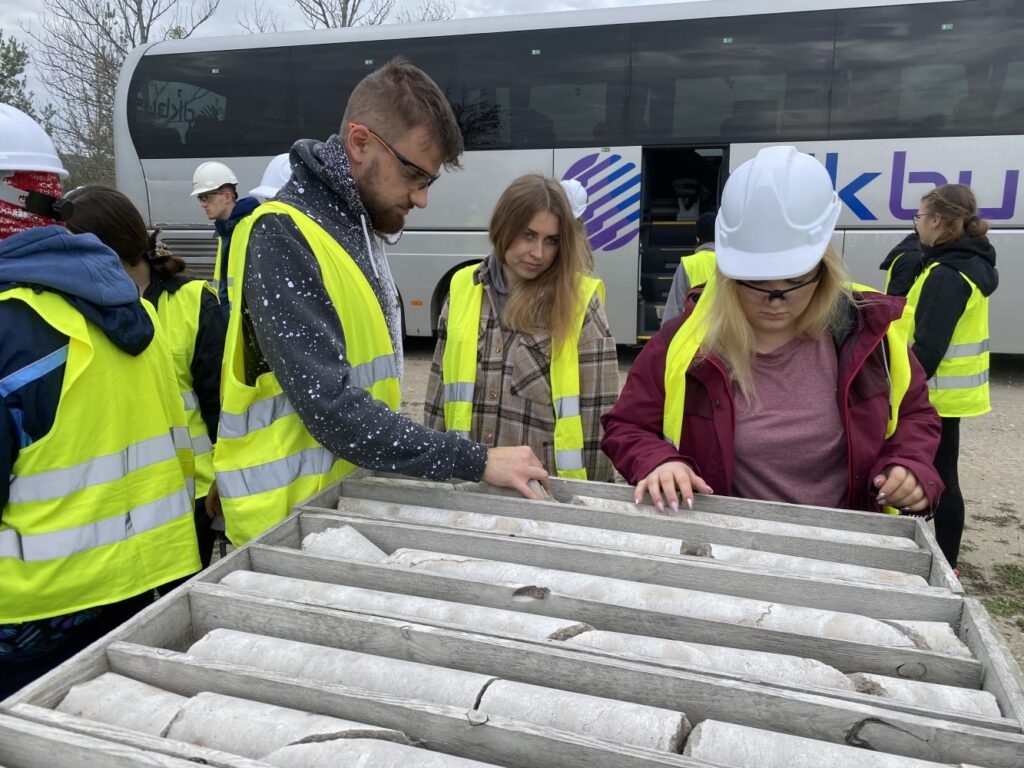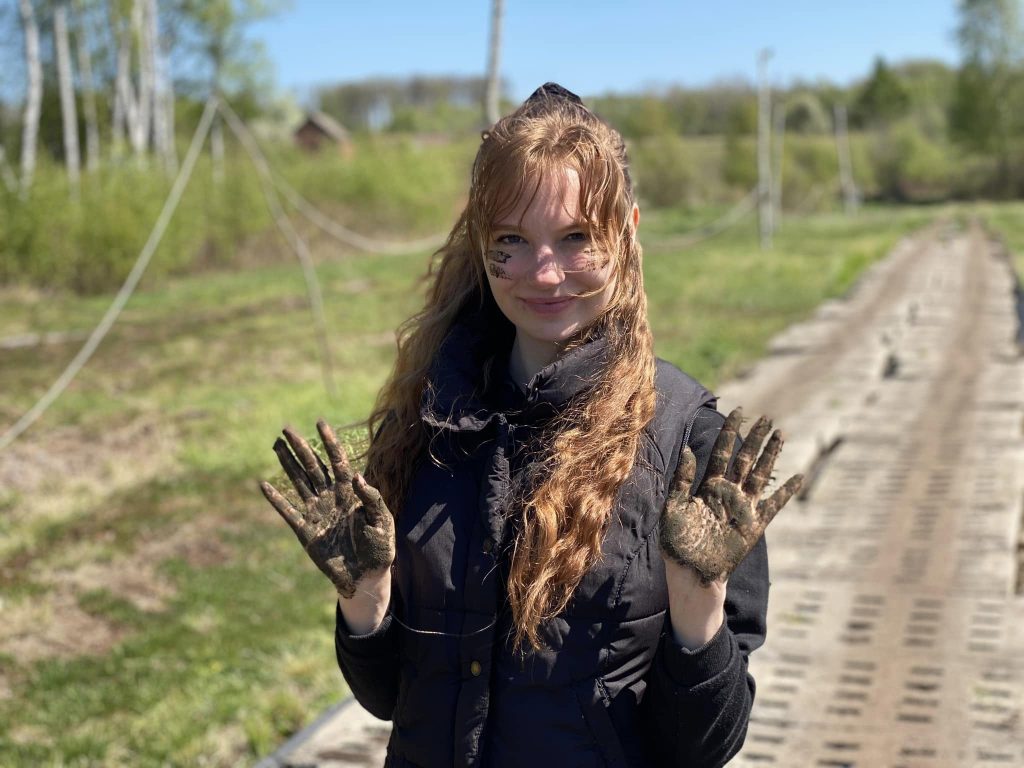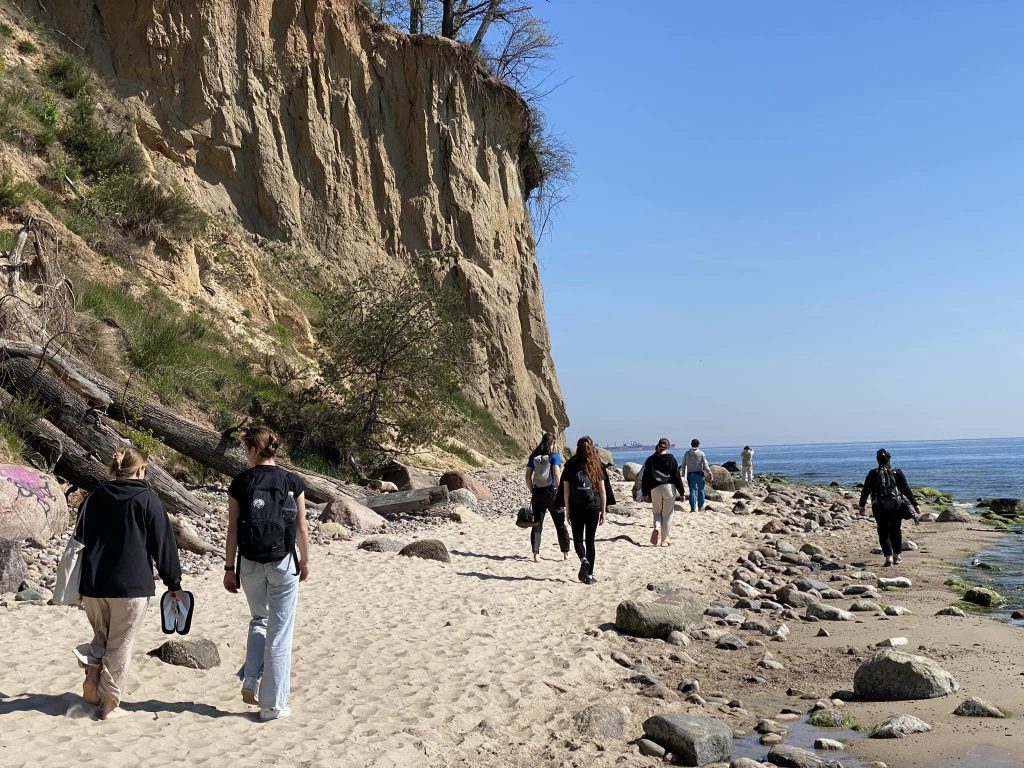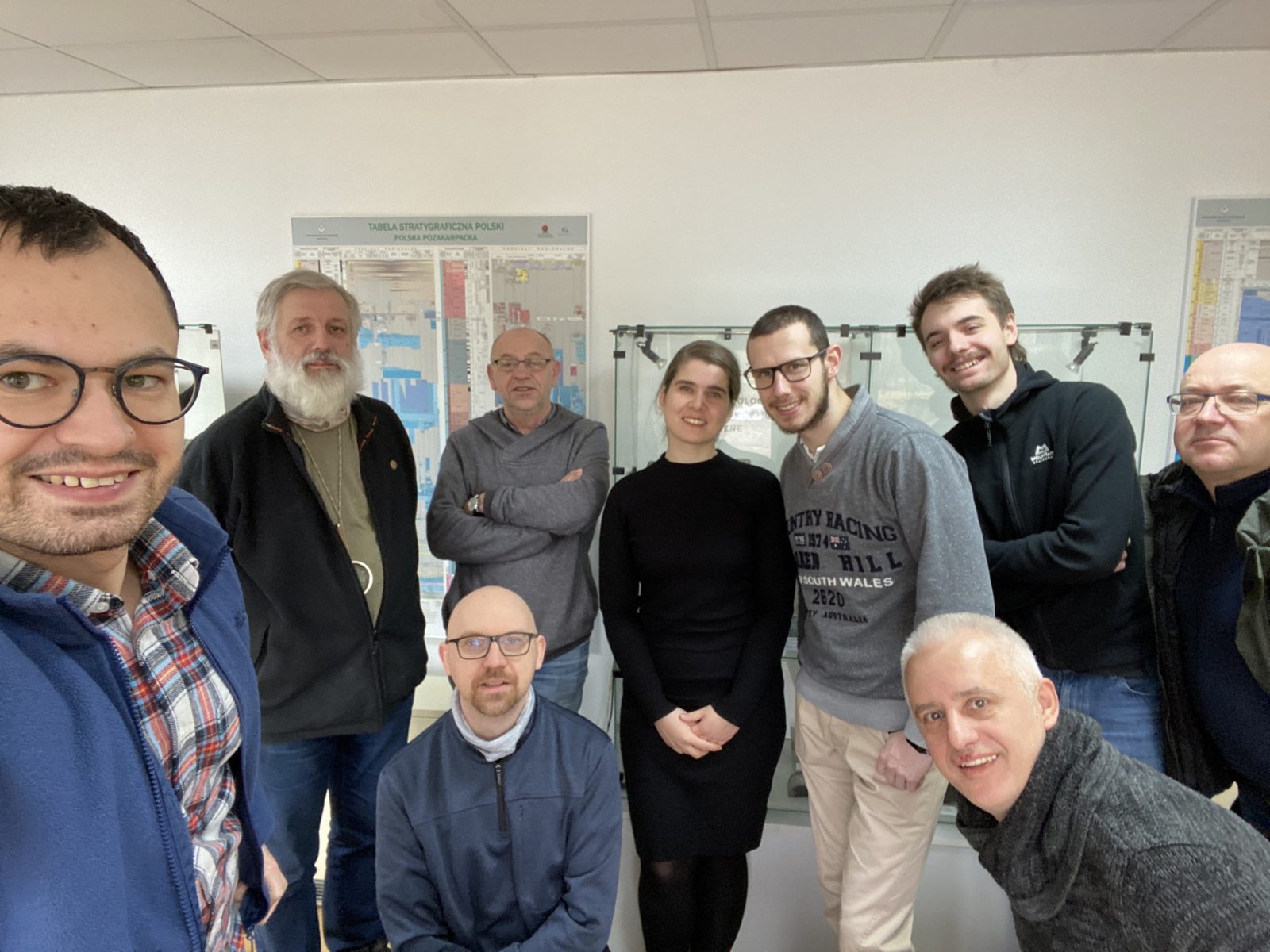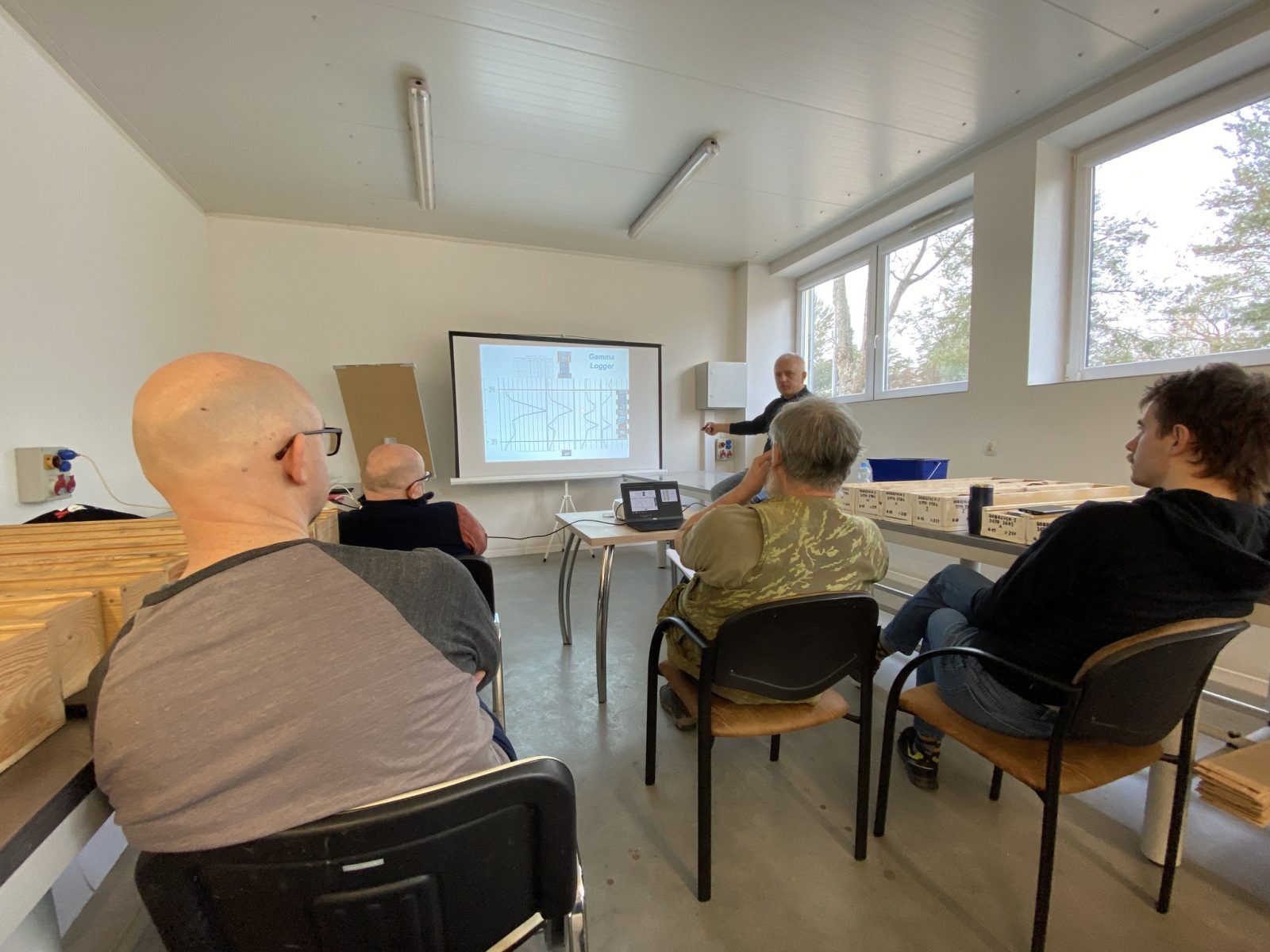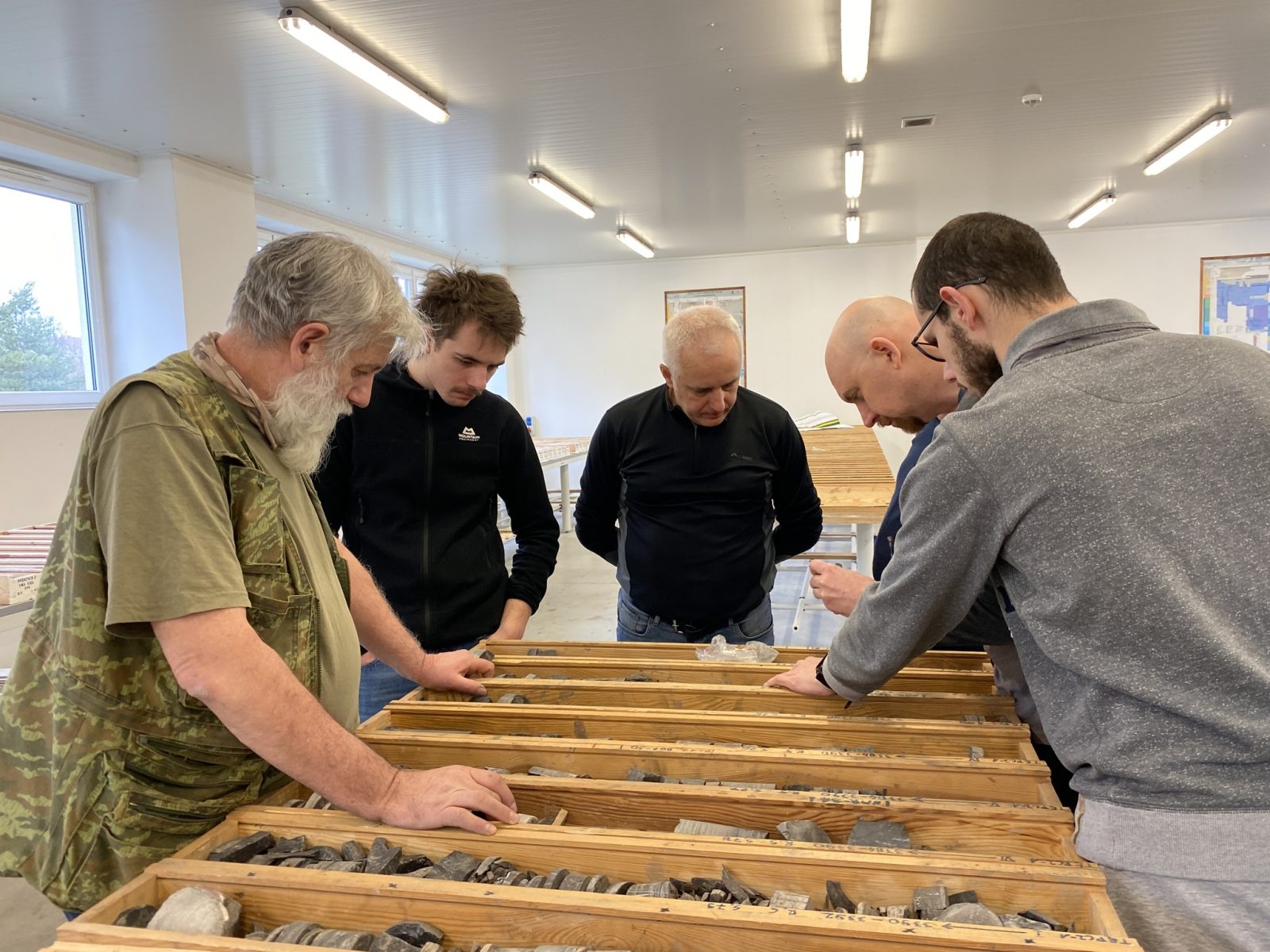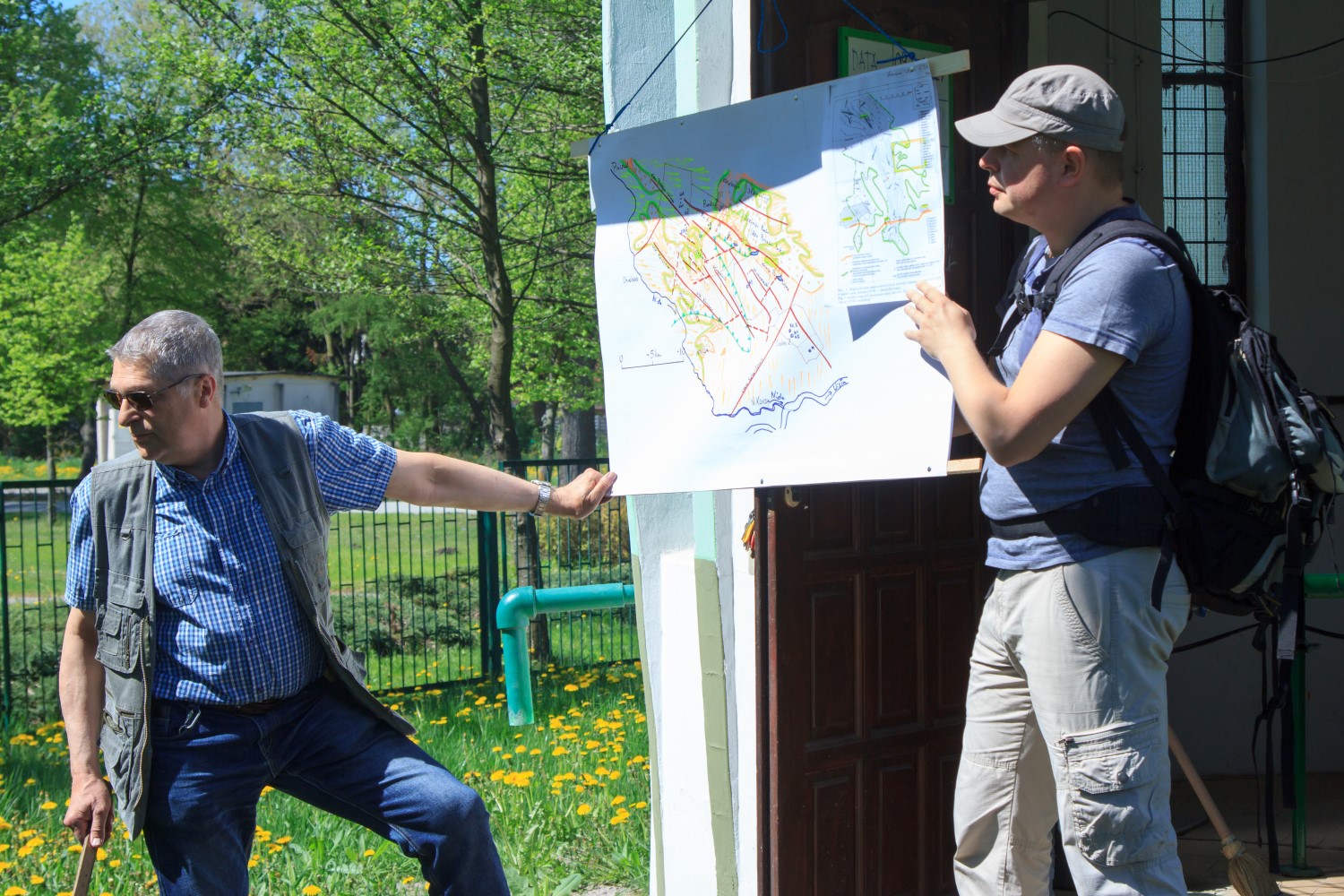
POWER program at the Institute
The Institute of Geological Sciences, as part of the “Integrated Development Program of the University of Wroclaw 2018–2022” funded by the European Union through the European Social Fund (POWER program), offers optional courses under “The Wroclaw Workshop of Geology.” These are designed for students in the concluding four semesters of geology, geological engineering, and environmental protection. These workshops occur biannually: a comprehensive 5-day session in May and a condensed 2-day course in October.
The core objective of this workshop is to enrich the educational sessions held at the Institute by introducing topics not encompassed within our regular study curricula. Through the POWER program, we traverse different regions of Poland, highlighting the varied geological architectures of the country. To date, our workshops have covered areas like the Swietokrzyskie Mountains, Upper Silesia, the Lublin and Roztocze regions, and Kujawy. The structure of these courses ranges from classroom lectures to practical field trips to exposures and operational mining sites.
Upper Silesia
Our second workshop took place in October 2021 in Upper Silesia. Hosted at the Guido Center in Zabrze, it emphasized lectures on the geological landscape of Upper Silesia, exploring its deposits of hard coal, zinc, lead, as well as molybdenum and tungsten in the Myszków region. Practical sessions spanned locations like the clay mine in Lipie Śląskie near Lubliniec, the historic Frederick silver and lead mine in Tarnowskie Góry, the Guido coal mine in Zabrze, and the Folwark marl mine near Opole. The journey also incorporated a visit to the Mount St. Anne Geopark.
Lublin Region and Roztocze
The third workshop, set in May 2022, took us to the Lublin region and Roztocze. Our primary location was the city of Lublin, and operations were based out of the ECOTECH Center of M. Curie-Skłodowska University. Our expedition spanned various intriguing locations, such as: thepeat mine in Wytyczno within the Polesie area, the historical chalk mine in Chelm, the mineral water processing plants in Nałęczów, the Opatow Krzemionki and the Neolithic flint mines, the sandstone quarries of Roztocze, and the picturesque hills of Kazimierz Dolny situated by the Vistula River. During the workshop, we orchestrated lectures addressing a multitude of topics, such ast the TT zone in Eastern Poland, the gas-bearing shale belt, and the intricacies of the Lublin coal basin.
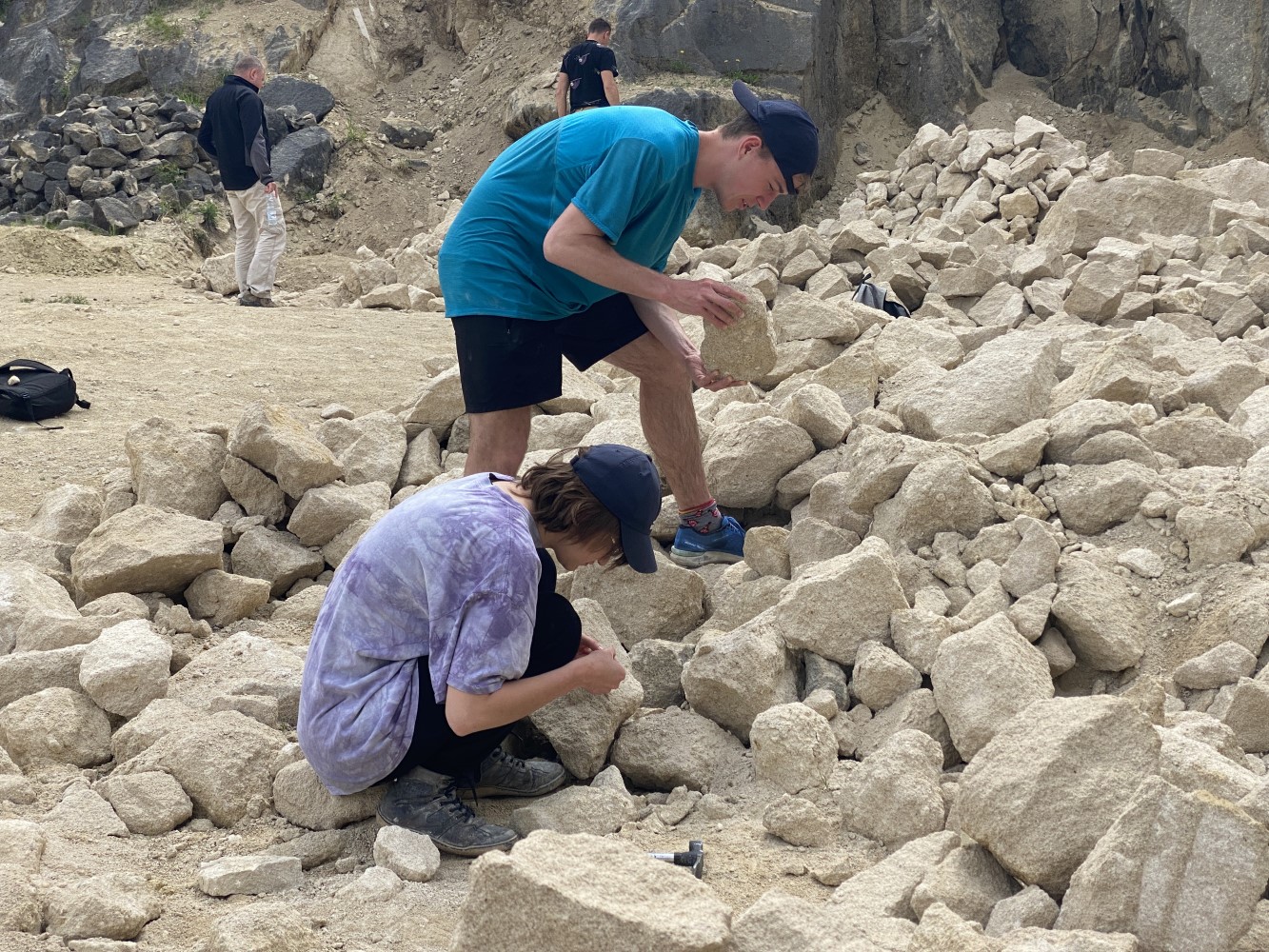
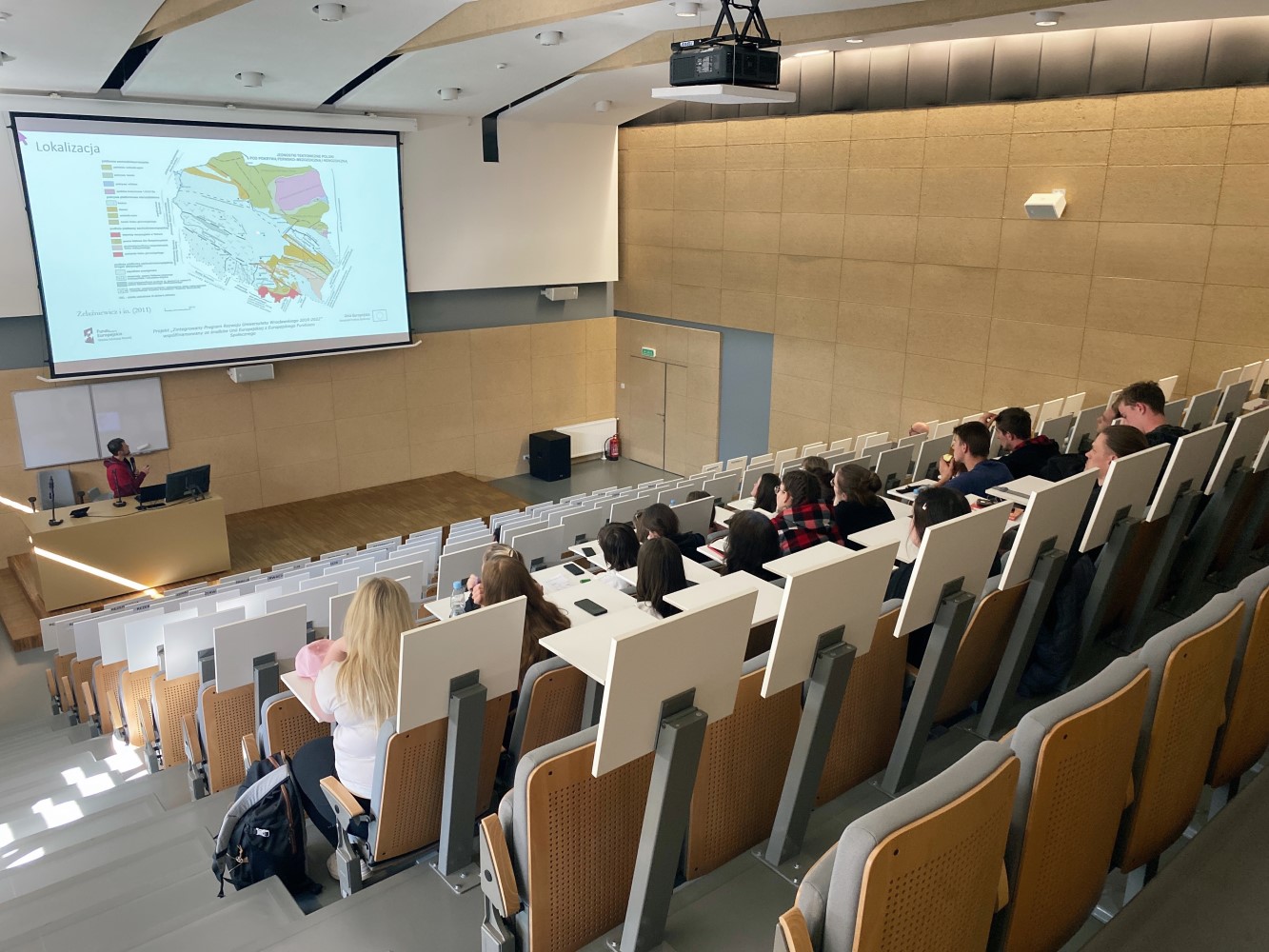
Kuyavia
Our fourth workshop was held in Kujawy in October 2022, with the picturesque city of Torun serving as our base. The workshop aimed to introduce our students to the unique geological structure of Northern Wielkopolska and Kuyavia, an area renowned for its salt effusions. Our first destination was the Klodawa salt mine, which stands as a testament to the region’s rich salt outcrops. Here, we delved deep into observing salt tectonics processes among other geological phenomena. Moving forward, we journeyed to the Ciechocinek Health Resort to study the presence of highly mineralized mineral waters, understanding their origin and significance. Our final stop was at the Barcin-Piechcin-Pakosc limestone open pit mine situated in Wapienno. This site offered a detailed look into the Jurassic carbonate formations characteristic of Kuyavia. Throughout the workshop, comprehensive lectures covered topics such as underground gas and oil storage, and geomorphological processes linked with glaciations, ensuring a holistic learning experience for our students.
Pomerania
The fifth edition of “The Wroclaw Workshop of Geology” was held in Pomerania. Students explored the Jurassic limestone exposures in the Szczecin area and visited the Geological Museum of the University of Szczecin, which houses a collection of the so-called “Szczecin spheres”. Additionally, the group toured the spa town of Połczyn Zdrój, learning about its peat mine and medicinal water intake. They also visited the largest erratic boulder in Poland, Trygław, and the headquarters of the Department of Marine Geology of the National Geological Institute — National Research Institute. The itinerary included drilling sites for K-Mg salts in the Puck region, the low coast of the Hel region, and the high coast of the Gdynia Orłowo region. This workshop was made possible through our collaboration with the University of Szczecin, KGHM Polska Miedź S.A., Połczyn Zdrój Health Resort, and PIG-PIB.
Chmielnik
The POWER program organized a workshop titled “Practical Techniques for Describing and Interpreting Rock Material from Drilling.” This workshop was held at the Central Core Storage Facility in Chmielnik (Świętokrzyskie Voivodeship). It was led by Zbigniew Mikołajewski, M.Sc., a petroleum geologist from PKN ORLEN Polskie Górnictwo Naftowe i Gazownictwo S.A. During the session, the lecturer imparted knowledge on contemporary techniques utilized in the oil industry for describing drilling materials. This workshop provided students an invaluable opportunity to understand the geology of the Polish Lowlands and to delve into a geologist’s approach to drilling. Meanwhile, the academic faculty was introduced to innovative teaching methodologies and emerging research trends in the industry, enriching future teaching at our Institute.
Świętokrzyskie Mountains
The first workshop took place in May 2021 in the Świętokrzyskie Mountains. We established our base at the European Center for Geological Education in Chęciny, renowned for its outstanding conference and teaching amenities. Within this Center, we utilized resources such as a computer lab for geological mapping sessions based on field data, and a well-equipped lecture hall for in-depth discussions on the region’s geological structure. Our class locations included the Paradise Cave, Wietrznia quarry, Busko Zdrój health resort, Geonatura Geoeducation Center in Kielce, and the peak of Mount Lysica in the Lysogory range.
We cordially invite our students to participate in the next POWER workshop!


